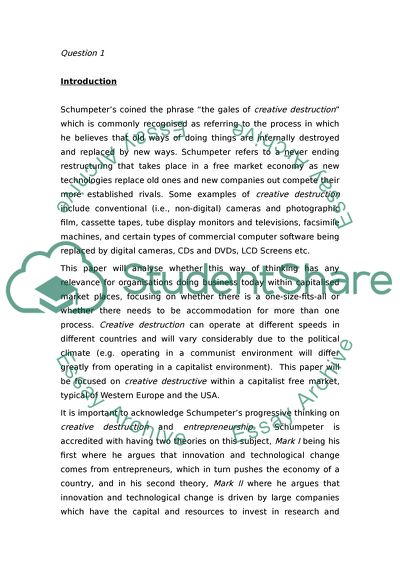Cite this document
(Implementing Strategies Assignment Example | Topics and Well Written Essays - 3000 words, n.d.)
Implementing Strategies Assignment Example | Topics and Well Written Essays - 3000 words. https://studentshare.org/marketing/1716386-implementing-strategies
Implementing Strategies Assignment Example | Topics and Well Written Essays - 3000 words. https://studentshare.org/marketing/1716386-implementing-strategies
(Implementing Strategies Assignment Example | Topics and Well Written Essays - 3000 Words)
Implementing Strategies Assignment Example | Topics and Well Written Essays - 3000 Words. https://studentshare.org/marketing/1716386-implementing-strategies.
Implementing Strategies Assignment Example | Topics and Well Written Essays - 3000 Words. https://studentshare.org/marketing/1716386-implementing-strategies.
“Implementing Strategies Assignment Example | Topics and Well Written Essays - 3000 Words”. https://studentshare.org/marketing/1716386-implementing-strategies.


